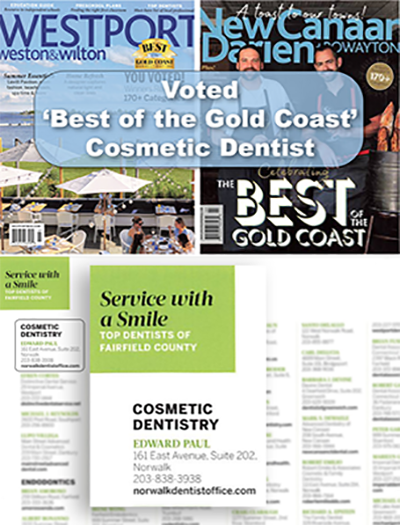Do I really need to floss?
Yes. Floss removes plaque and debris that sticks to teeth and gums in between teeth, polishes tooth surfaces, and controls bad breath. Flossing is the single most important weapon against plaque and, in some ways, more important than the toothbrush. By flossing your teeth daily, you increase the chance of keeping them for a lifetime and decreases the chance of getting gum disease. Many people don’t spend enough time flossing and many never have been taught the proper way to floss.
Which type of floss is the best?
Dental floss comes in many forms: waxed and unwaxed, flavored and unflavored, wide and regular. They all clean and remove plaque. Wide floss, also known as dental tape, may be helpful for people with a lot of bridgework and is usually recommended when the spaces between teeth are wide. Waxed floss might be easier to slide between tight teeth with very little space between. The unwaxed floss, however, makes a squeaking sound to let you know your teeth are clean. Bonded unwaxed floss does not fray as easily as regular unwaxed floss, but does tear more than waxed floss.
How should I floss?
The spool method: Take an 18-inch piece of floss and wind the bulk of the floss lightly around the middle finger. (Don’t cut off your finger’s circulation!) Wind the rest of the floss similarly around the same finger of the opposite hand. This finger takes up the floss as it becomes unusable. Maneuver the floss between teeth with your index fingers and thumbs. Bring the floss up and down several times forming a “C” shape around the tooth being sure to go below the gum line.
Floss the teeth you want to keep at least once a day.

 Click or Scan Code
Click or Scan Code